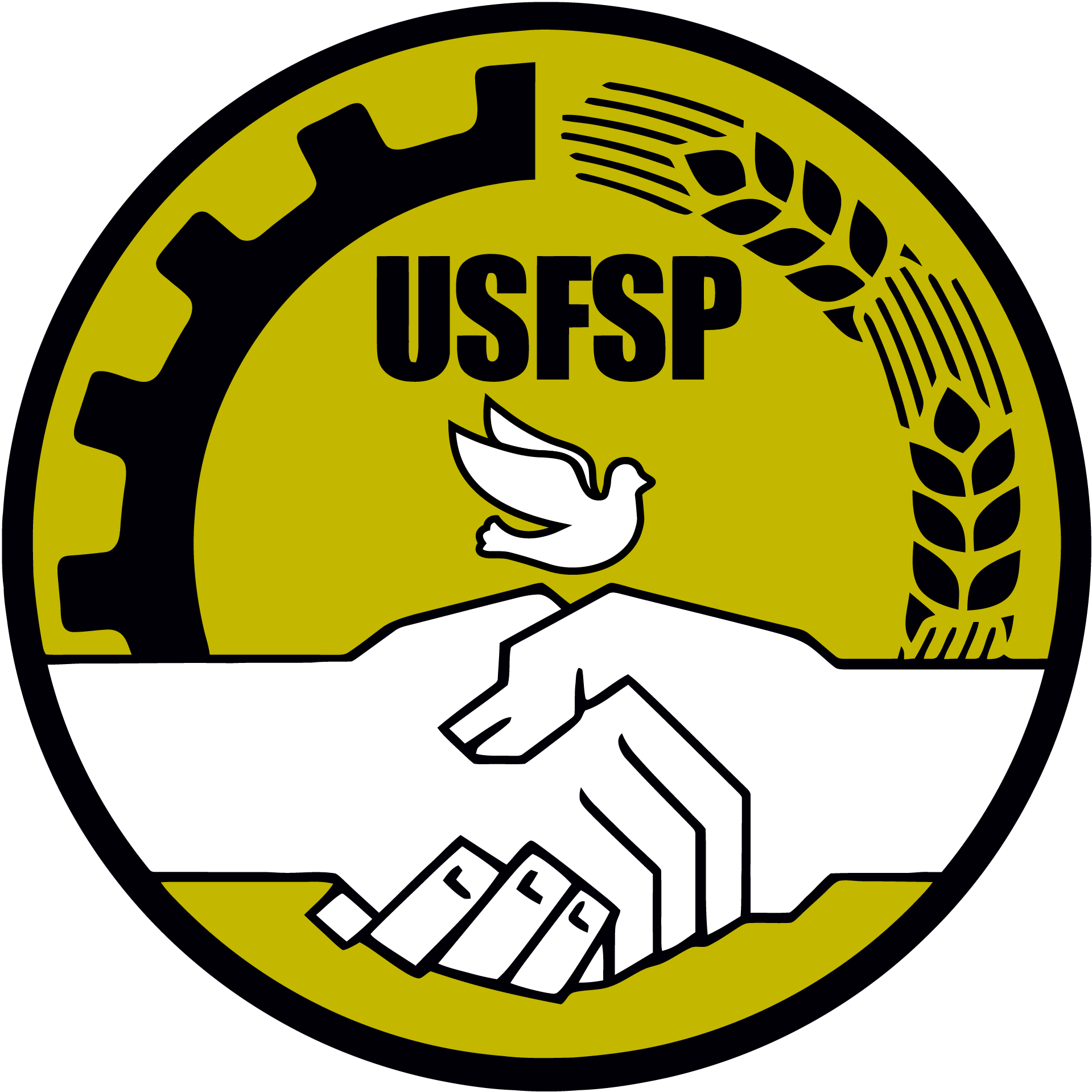The FIR recalls how 90 years ago the USSR made a contribution to strengthening the international community in an escalating international situation when it joined the League of Nations on September 18, 1934.
The League of Nations, created in 1919 by the Treaty of Versailles following the defeat of the German Empire and the Central Powers as an instrument of a peaceful post-war order intended to guarantee compliance with the terms of surrender, had not accepted the hostile powers of Germany and Austria-Hungary, nor Russia, when it was founded. After all, at the time, foreign troops were fighting alongside the White Guards in the civil war against the forces of the Russian revolution. Although the victory of the Red Guards and the founding of the Soviet Union changed the military situation in the East, the capitalist powers were not prepared to accept a socialist state in the international community.
The fact that the excluded states of Europe, the German Reich and the Soviet Union, subsequently agreed to normalize their relations with the Treaty of Rapallo in 1922 also did not lead to a willingness to recognize the USSR, while the German Reich was admitted to the League of Nations in September 1926.
The transfer of power to Hitler’s government in January 1933 was directly linked to Germany’s preparations for rearmament and expansion. To this end, “the shackles of Versailles” had to be cast off. By the fall of 1933, the fascist government was already so strong in domestic politics that it officially declared Germany’s withdrawal from the League of Nations and the then Disarmament Conference in October 1933 – at the urging of the Reichswehr leadership, which demanded a strengthening of the army. The official reason given was that the League of Nations would allegedly deny Germany “equal rights”. In fact, it was a revocation of the Treaty of Versailles and a claim to power over the Saar region and the Free Imperial City of Danzig, which was under a League of Nations mandate.
In order to show the population’s apparent approval, a referendum on a new Reichstag was scheduled for November 12, 1933, along with a plebiscite on withdrawal from the League of Nations. The announced result: 95 percent approval in the referendum, 92 percent for the NSDAP’s unity list. German anti-fascists had sent out leaflets calling for invalid or “No” votes. However, such votes were often not counted, as we know from Gestapo reports.
As this decision by Hitler’s government made preparations for war in Central Europe more acute, the USSR established intensive diplomatic contacts with various European governments and proposed becoming a member of the League of Nations. Moreover, this item was indeed on the agenda of the regular session in September 1934. It is interesting to note which states opposed the USSR’s admission. While Fascist Italy approved the application, “neutral” Switzerland and the Portuguese representative rejected it. The representative of the Salazar regime believed, he had to warn the delegates of the League of Nations of the “danger of communism”. The result of the vote was clear. With three votes against and seven abstentions, the USSR was accepted by an overwhelming majority. At the same time, it was granted a permanent Council seat in the League of Nations Assembly.
Maxim Litvinov, People’s Commissar for Foreign Affairs, emphasized the importance of the League of Nations during his first appearance in Geneva and reaffirmed the USSR’s interest in obtaining guarantees for its own security through the international community of nations.
In terms of foreign policy, the Soviet Union was able to strengthen its position enormously through its accession, and not only because it was officially recognized by the states of the League of Nations. Just one year after accession, it concluded a mutual assistance pact with France and Czechoslovakia. Further confidence-building measures followed.




